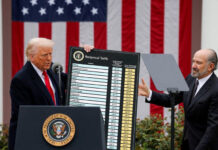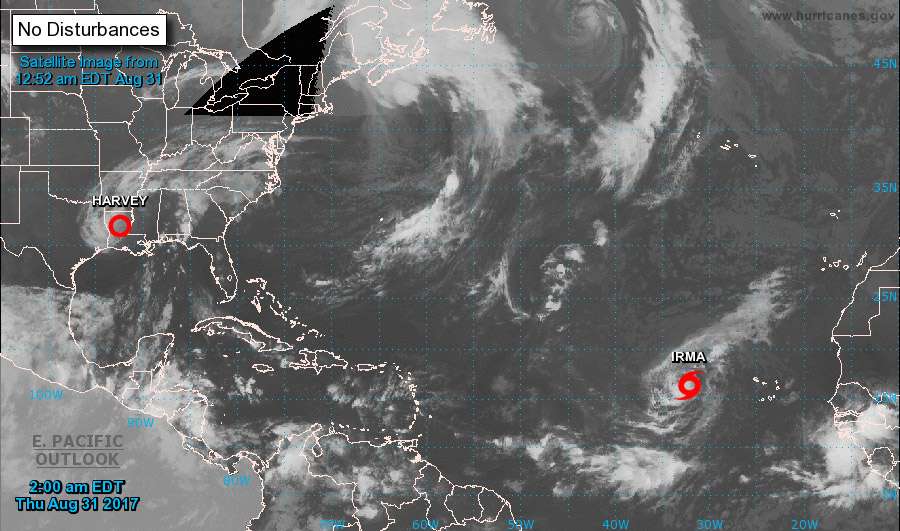December 20, 2015
WASHINGTON, DC – The Patient Protection and Affordable Care Act, which you know as Obamacare, is currently in the midst of its third enrollment period since becoming the health law of the land, and early enrollment figures have been encouraging.

Obamacare's early success
December 20, 2015
WASHINGTON, DC – The Patient Protection and Affordable Care Act, which you know as Obamacare, is currently in the midst of its third enrollment period since becoming the health law of the land, and early enrollment figures have been encouraging.

Obamacare's early success
Through roughly the first week of December, enrollment in Obamacare has topped 2.8 million for the 2016 calendar year. Of course, a lot will depend on Obamacare's enrollment totals this past week as to whether or not it meets its enrollment totals in 2016. Obamacare's automatic reenrollment deadline for HealthCare.gov activated on Dec. 17, and it's likely millions of people were automatically reenrolled or signed up for coverage in the 2016 calendar year.
Based purely on Obamacare's enrollment figures, the health reform law could be considered a success. The Congressional Budget Office is forecasting that there will be 10 million paying members by the end of 2016, and earlier this year, the Centers for Disease Control and Prevention estimated the uninsured rate for adults to be 9.2% (this figure includes Medicare enrollees as well), the lowest uninsured rate on record.
Looks can be deceiving
However, looks can be deceiving. Although Obamacare's enrollment looks to be on pace to rise for a third year, there's trouble behind the scenes with select insurers. More than half of Obamacare's 23 approved healthcare cooperatives announced they were closing up shop because they were simply losing too much money. Healthcare co-ops are not-for-profit organizations "founded by the people" that are designed to offer low-cost health plans. The plans these co-ops offered were definitely priced lower than many of their competitors', but their prices ultimately proved too low, with co-ops attracting an adverse mix of sick enrollees.

This isn't just a co-op problem, either. The nation's largest insurer, UnitedHealth Group (NYSE: UNH), announced last month that it may wind up pulling out of Obamacare's marketplace exchanges by 2017 due to losses it's currently incurring from these plans. UnitedHealth Group, in a conference call with its investors, blamed a slew of problems, including how easy it is for consumers to switch plans and above-average medical utilization rates, for weakness in its Obamacare marketplace plans. The company advised investors that it would halt advertising on these plans in an effort to stem its losses.
What's really to blame for the struggles some Obamacare health-benefit providers are facing? Look no further than the "risk corridor" for the answer.
Understanding the risk corridor
The risk corridor is a program written into Obamacare between 2014 and 2016 that acts as a financial backstop for insurers that are losing money. An insurer typically loses money because more sick people than expected enroll. The risk corridor is designed to take funds away from overly profitable insurers and apply them to qualified health plans that are underwater.
Specifically, the risk corridor takes a percentage of profits away from insurers whose medical loss ratio is less than 97%. A medical loss ratio below 100% signals that a company is collecting more in premium payments than it's spending on medical care for its patients. Conversely, insurers facing a medical loss ratio of more than 103% are expecting a payment to help offset their losses.

You might wonder why the risk corridor is even there in the first place. One of the primary ideas behind Obamacare was to create a transparent and competitive marketplace. The easiest way to lure in more competition and insurers new to the individual marketplace is to dangle a carrot promising help if insurers take a few years to get their premium pricing correct. The risk corridor was designed to provide this impetus and get both national insurers and regional-level insurers active in the markets. The more competition, the more pricing options, presumably, for consumers.
Is this how Obamacare unravels?
The reality is that the risk corridor has been a disaster. Insurers have requested $2.87 billion to help cover excessive losses tied to Obamacare plans, but they'll be receiving just 12.6% of this amount, or $362 million – a nearly $2.5 billion shortfall. This is why more than half of Obamacare's co-ops went belly up, and it could be another reason UnitedHealth Group has threatened to leave the Obamacare marketplace exchanges.
One possible solution to the risk corridor's shortfall is to secure federal funds to make up the difference. However, initiatives led by Senator Marco Rubio (R-FL) in Congress have stopped attempts to earmark any federal funds. Rubio has suggested that allowing the federal government to provide funds to troubled insurers on Obamacare's exchanges would be akin to a bailout, where taxpayers would be on the hook for the cost.
If insurers facing adverse selection (i.e., sicker individuals enrolling) don't get the financial assistance expected under the law, there could be devastating effects on Obamacare, potentially even undermining its goals.

For instance, removing the risk corridors would leave next to no incentive for smaller insurers to enter the marketplace. The risk corridor was a nice fail-safe for Molina Healthcare (NYSE: MOH) and Centene(NYSE: CNC), established insurers that each had several decades of experience in government-sponsored healthcare but no experience in the individual marketplace prior to Obamacare. Having a financial backstop in place encouraged new players to enter certain markets, and it gave Molina and Centene a few years to perfect their pricing strategies. Remove the risk corridor, and you remove the incentive to enter the exchanges, thus reducing competition and choice for the consumer.
The solution for insurers might be to price their plans substantially above what they believe they'll need to meet an expense ratio around 100%. The consensus, based on the earnings reports from publicly traded insurers that I've perused, seems to be that medical costs for Obamacare enrollees are in line with, or higher than, expectations. The implication is that insurers have been pricing their plans far too aggressively to the downside in order to attract new enrollees. Raising premium prices substantially (but with justification) could raise health-benefit providers' profits, but it may also make health insurance unaffordable for millions of Americans, also undermining the goal of the Affordable Care Act. Remove the risk corridor, and we could see the slow but steady unraveling of Obamacare as premium prices rocket higher.
Only time will tell if this proves to be the case, but as consumers and investors, we'll want to play close attention to any news coming out of Congress concerning Obamacare, as it could have a substantial impact on our personal health and the health of our portfolios.
Courtesy: Motley Fool












































































































